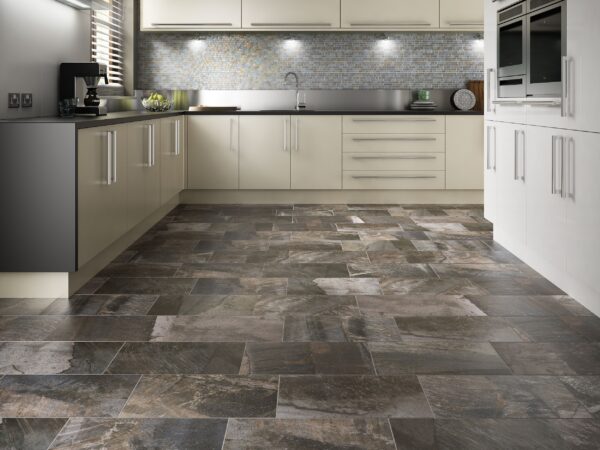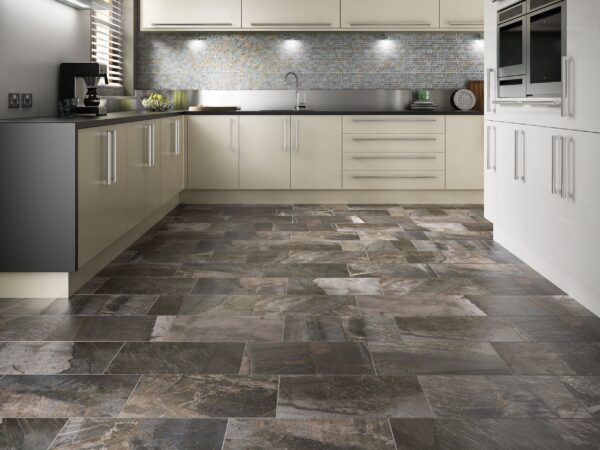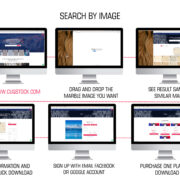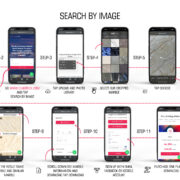You’re a fantastic photographer who works really hard. You’re hunting for settings and props, haggling with models, hiring studios, and spending hours photographing and editing. You may believe that the next and last step is to post photographs on the site and wait for sales. Well, we regret to break it you that posting pictures is just half the fight.
Cliqstock has more than million files in its collection. Consider how difficult it would be for the buyers to find the best and the appropriate ones. To assist your future customer with this onerous effort and to get your work noticed, you must simply commit a significant amount of time to keywording.
Cliqstock is here to provide a comprehensive overview of all you need to know about keywording photos for stock photography.

What does Keywording mean?
Keywords are terms used to describe the aspects of a photograph or image. Keywording is the technique of adding descriptive phrases to your photographs so that image searchers may locate them later. If a picture cannot be located, it is useless.

Captions provide specific information about a picture, such as where it was taken, when it was taken, by whom, model and property release information, and so on. The technique with keywords is different. Utilize phrases that buyers are likely to search for in order to locate your image. For example, the image of a dog jumping for a frisbee at the beach, such as dog, beach, water, frisbee, jump, play.
Stock Photography Keywording Guidelines
It might be difficult to think of all the keywords to put in your photographs at times. However, there is a so-called 5 W’s rule that may assist you. That is, ask oneself, Who? What? When? Where? And Why?
Then the answer to these questions can be converted to the keywords for any image.

Following is the list of examples to consider when keywording your specific category of stock photographs.
- What is the image’s subject?
- Subject (as wide as possible): health, business, art, party
- If appearance is crucial, include the following accessories: computer, phone, book, and desk.
- Where was the photograph shot?
- Location: India, Maharashtra, Mumbai, Marine Drive, Taj Hotel.
- Place: Library, School, Temple
- Setting: Either indoors or outside, landscape.
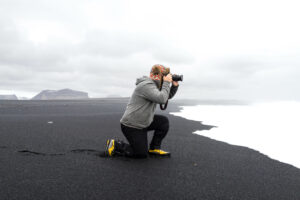
- Who is in the photograph?
- Number of People: One person, couple, small group, crowd
- Gender: Male, female, girl, boy
- Age: One, five, twenty, baby, old
- Profession: Teacher, doctor, engineer
- Physical personalities: short, fat, thin, tall, dark, fair, scared
- Nationality: Indian, American, African
- Relationships: daughter, mother, sister, niece
- When was the photograph shot?
- Season and Time of Day: Autumn, Winter, Spring, Summer, and Morning, Dawn, Day, and Night, among others.
- Why is the image interesting or significant?
- Trend: Covid-19, Celebrities, Sports person, Latest Controversy
These questions will assist you in determining which keywords to add in your photos.
Adding 25-30 keywords is usually more than enough, but all of them should be relevant.
Find Relevant Keywords
To find an appropriate keyword for your stock photograph, follow the tips provided below.
- Consider yourself a Client
Keywording is a useful tool for both you as a content producer and your audience. To ensure that your works are discovered, consider the search keywords that your target clients might use. When keywording, keep your target audience’s profile in mind.

- Look at keywording services
Keywording for SEO and stock photos are not the same thing, yet some people prefer to search for stock photographs on Google. This implies that you may use tools like Google Keyword Planner, Buzzsumo, Ahrefs etc., to see how popular and relevant certain terms are.
Keywording – What to Do
- Check your keyword spelling.
- To separate your keywords, use a comma or a semicolon.
- Make use of both literal and conceptual terms.
- Alternate international spellings (gray/grey, neighbor/neighbour) should be used.
- Use synonyms.

- For any photographs featuring people in them, use the term “people.”
- Make use of verb.
- Make use of the present tense.
- Consider yourself a buyer.
- Keep keywords short and simple.

- Take into account your intended audience.
- Limit the amount of keywords to speed up searches.
- Proper nouns, names, and localities should all be capitalised.
- Include the location of the photograph.
- Avoid using generic keywords.

- Use hyphens sparingly.
- Adverbs should be avoided. Instead of quick, use quickly.
- Avoid using terms that have two meanings.
Keywording – What NOT to Do
- Include no keywords that do not describe the image.
- Don’t hazard a guess.
- Don’t use full CAPS.
- Keywords should not be repeated.
- Don’t go into depth about every element in the picture.

- Include no personal information, such as your name, agency, city, or picture ID.
- Use of special characters like -, ()!, &, and quotations ” are not permitted.
- Don’t use any punctuation except for the comma or semicolon in between the keywords.
- You should not use periods to separate your keywords.
- Except for historic occurrences, do not put the dates of the photographs.

- Don’t include unnecessary information.
- Slang should not be used.
- Animals should not be given human characteristics or feelings.
- Add names only if they are celebrities or notable people.
- Prepositions should be avoided – on, with, or.
- Don’t use trademarked names, for example, don’t describe a sneaker with Adidas.
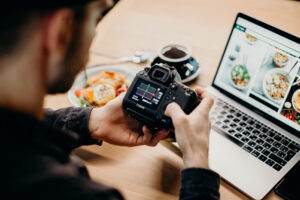
Remember, even the best image in the world will not sell if it cannot be found. On the other hand, if a picture is easy to discover, even a terrible one may sell. So, keywording is the most important job following to capturing and editing the stock images.
The higher your photographs rank in search, the bigger your sales will be.





